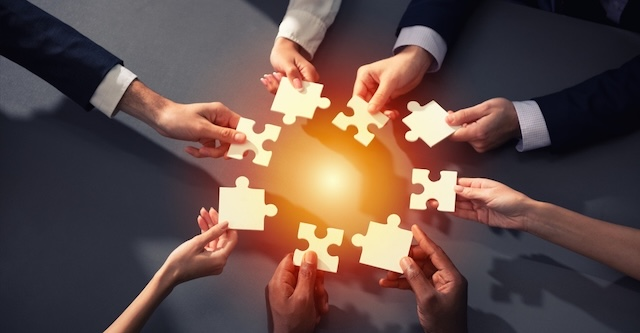Puzzles have a unique way of making us think outside the box. They challenge our minds, improve our problem-solving skills, and sometimes leave us scratching our heads in confusion. If you love a good brain teaser, then this one is for you. Can you spot the missing number and solve the puzzle before anyone else? Take a deep breath, focus, and let’s dive in!
Find the Missing Number

Have you ever encountered a puzzle that looks simple at first but turns out to be more complex than expected? That’s exactly what we have here. The goal is to analyze the visual clues, recognize the pattern, and determine the missing number. It might seem easy, but don’t be fooled—many people make common mistakes when solving these types of problems.
Take a close look at the numbers and try to identify how they connect. Are there arithmetic relationships, patterns, or hidden logic behind them? Once you think you have the answer, check your reasoning before finalizing your response.
Common Mistakes That Lead to the Wrong Answer
Before jumping into the solution, let’s talk about some common pitfalls that cause people to arrive at the wrong answer.
- Ignoring the Order of Operations
Many puzzles involve basic arithmetic, but failing to follow the correct sequence of operations can lead to errors. Remember to apply the correct mathematical rules, such as multiplication before addition, to avoid miscalculations. - Overlooking Pattern Progressions
Some puzzles follow a specific sequence, such as doubling, subtracting, or dividing numbers at each step. It’s easy to miss these patterns if you only look at the numbers without considering their relationships. - Getting Distracted by Unnecessary Details
Sometimes, extra numbers or symbols are included to confuse solvers. It’s essential to focus only on what matters and ignore distractions that don’t contribute to the final answer.
Step-by-Step Breakdown of the Puzzle
Let’s analyze the puzzle logically and find the missing value.
First Equation: Apple + Apple + Apple = 60
If three apples add up to 60, we can determine the value of one apple.
Apple = 60 ÷ 3 = 20
Second Equation: Apple + Apple + Orange = 50
We already know that one apple is worth 20, so we substitute that value into the equation.
20 + 20 + Orange = 50
40 + Orange = 50
Orange = 10
Third Equation: Orange × Lemon = 30
Since we now know the value of the orange (10), we substitute that into the equation.
10 × Lemon = 30
Lemon = 30 ÷ 10 = 3
Final Equation: Orange + Apple × Lemon = ??
Now, we substitute the values for the orange, apple, and lemon.
10 + (20 × 3) = ??
10 + 60 = 70
The missing number in the puzzle is 70.

Why Puzzles Like These Are Great for Your Brain
Solving puzzles isn’t just about getting the right answer—it’s about training your mind to think logically and systematically. Here are a few reasons why you should keep challenging yourself with problems like this:
- Improves Logical Thinking – Recognizing patterns and applying arithmetic rules helps sharpen problem-solving skills.
- Enhances Attention to Detail – Spotting subtle connections in numbers trains your brain to focus.
- Boosts Mental Agility – The more puzzles you solve, the quicker you’ll be able to analyze and solve problems in real life.
Your Turn to Solve Another Challenge

Now that you’ve cracked this puzzle, are you ready for the next challenge? Try this:
If 4 + 5 = 25, 6 + 3 = 27, and 2 + 8 = 20, then what is 7 + 2?
Think carefully and see if you can identify the hidden pattern. Share your answers in the comments and let’s see who gets it right first!
Keep challenging your mind, stay curious, and most importantly—have fun solving!


